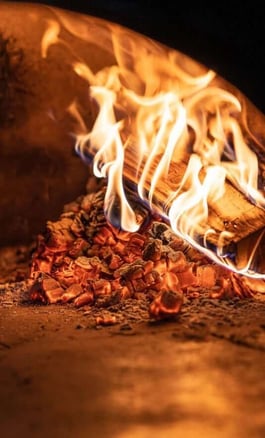Your Guide to Research at the American Museum of Natural History
When you visit the American Museum of Natural History (AMNH), watch where you step if you wander the Hall of Ocean Life; you may encounter visitors lying on the floor beneath a 21,000 pound, 94-foot whale suspended from the ceiling. Some may be contemplating how the massive sculpture stays aloft. For others, a break may be in order as scholars take advantage of one of the world’s finest paleontological research institutions on the planet.
Even Museums Have Histories. The museum was founded in 1869 in accordance with noble goals: Discover, analyze and disseminate information about the natural world, the universe and human cultural diversity. AMNHs exhibits, collections and a renowned research library attract scientists and laymen alike from around the globe, so it’s not unusual to find award-winning scientists on site using the institution’s vast catalog of resources to complete projects and studies.
Ask For Help. Whether you’re focused on anthropology, paleontology, physical sciences (astrophysics and earth sciences), vertebrate or invertebrate zoology to accomplish anything from drafting a high school science paper to finishing a doctoral dissertation, staff is delighted to point scholars toward reference and background material. Many staffers have been around for decades and know AMNH archives well enough to suggest obscure files, studies, papers and books that can help advance a project toward completion at a faster rate.
Dress for Comfort. Over time, the AMNH campus has grown to sprawl across the 26 buildings required to house so vast a gathering of resource materials, so anticipate stair climbing and walking while examining the 42 permanent–and varying number of temporary—exhibits. Don comfortable shoes and attire. If you’re nesting in the library for extended periods of time, you may wish to intersperse visits to exhibits, stacks or amenities with table time so you don’t grow fatigued.
It’s a School, Too. The Natural History Museum fosters higher education and is home to The Richard Gilder Graduate School. Curricula encompasses all of the aforementioned disciplines and the museum also welcomes post-doctoral fellows. The ANHM partners with select universities to offer undergraduate studies and internships associated with the Center for Biodiversity and Conservation and the Sackler Institute for Comparative Genomics.
Visit That Whale:…unless you’re so involved with your studies, a break is impossible…in which case we’ll solve the mystery of the hanging whale for you. The fiberglass and foam used to craft the sculptural masterpiece wraps around a framework of 16-inch-thick iron steel piping. Artfully-disguised cable secures the whale in place, so it’s not going anywhere anytime soon!
http://www.nytimes.com/2014/04/25/nyregion/museumgoers-wonder-why-doesnt-the-whale-fall.html?_r=0
http://www.ny.com/museums/american.museum.of.natural.history.html
http://www.amnh.org/our-research
http://www.amnh.org/about-us






